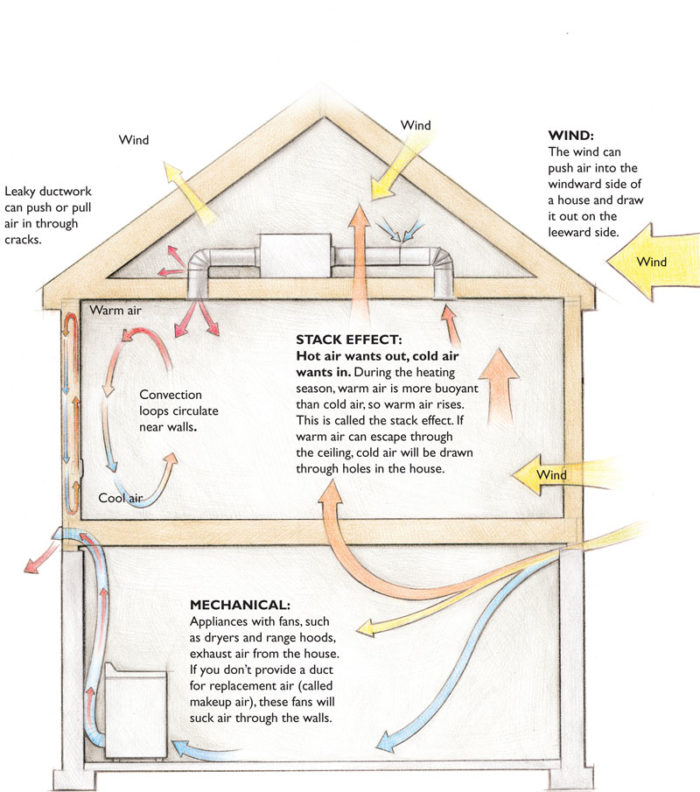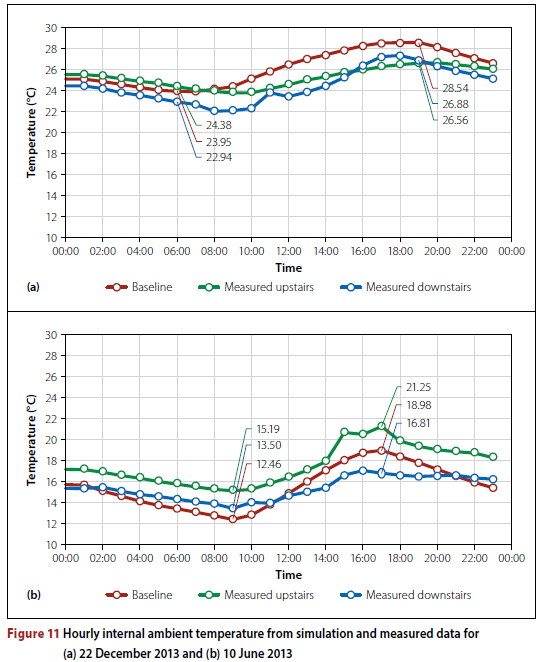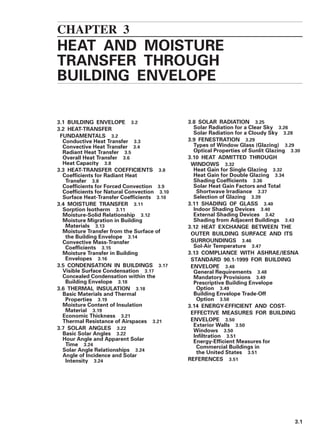
PDF] INFLUENCE OF THERMAL EXCHANGE COEFFICIENT ON THE HEAT RETENTION RATE OF A CONCRETE WALL CONTIGUOUS TO A THERMAL INSULATION TOW-PLASTER
4.8 (250) In stock

4.8 (250) In stock
In this article, we study the influence of the heat transfer coefficient on the heat retention rate per unit length of a wall made of concrete attached to the tow-plaster. The study is done in frequency dynamic regime established conditions. For different values of the exciting pulse, we evaluate the thermal inertia of the wall. The wall has a length of 0.1m including 0.05m of concrete and 0.05m thermal insulating plaster-tow. The thermal conductivity of concrete is about 10 times greater than that of the tow-plaster material. The results show that the thermal behavior of the wall depends partly outdoor climatic constraints. The duration of the outdoor climatic stresses related to the excitation pulse is an important factor on the thermal inertia of the wall. The thermal inertia of the wall is also dependent on the heat exchange coefficient on the surface of the material, its thermophysical properties and initial temperature of the material.

Air Leaks or Thermal Loss: What's Worse? - GreenBuildingAdvisor

Thermal performance of cavities in 3DPC building façades

PDF) Influence of Thermal Exchange Coefficient on the Heat

Fire performance of non‐load‐bearing double‐stud light steel frame walls: Experimental tests, numerical simulation, and simplified method - Alves - 2022 - Fire and Materials - Wiley Online Library

PDF] INFLUENCE OF THERMAL EXCHANGE COEFFICIENT ON THE HEAT

81678 03

5. Thermal insulation materials, technical characteristics and selection criteria

Study of heat retention phenomena by a thermal insulating wall

Unit-1 Single File, PDF, Thermal Conductivity

Comparative assessment of external and internal thermal insulation

PDF) Study of Heat Transfer in a Kapok Material from the

PDF) Experimental and Theoretical Study on the Internal Convective